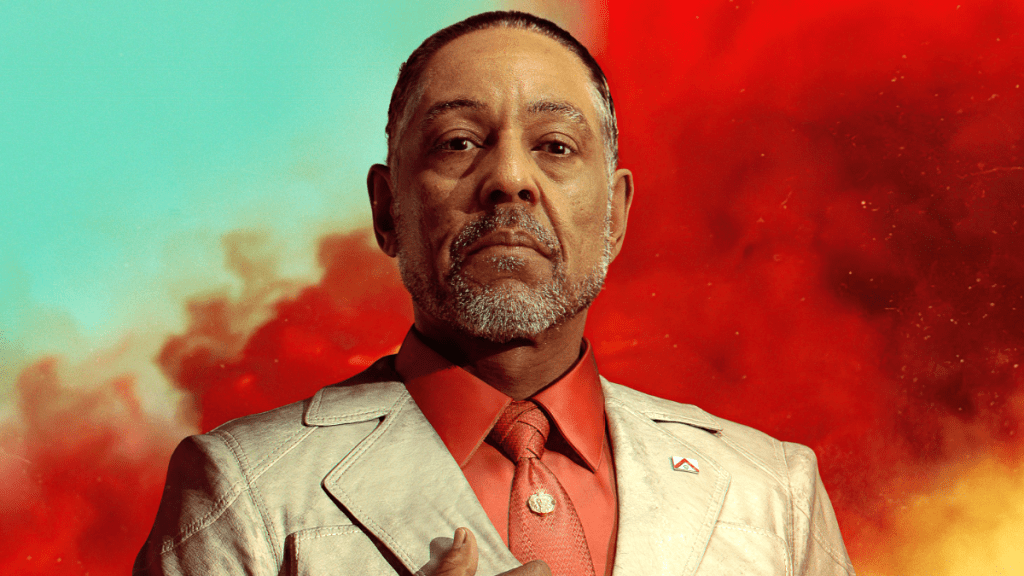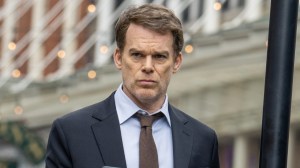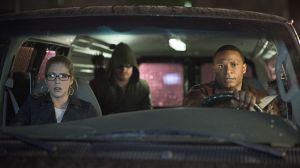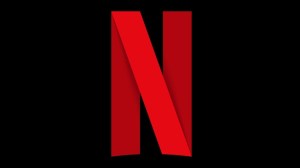Film and television studios are unearthing a gold mine of video game properties for adaptations, and all eyes are on these productions on whether or not they can reach the highs of The Last of Us or Fallout. Reports of a Far Cry television show in development particularly inspire optimism, and the creatives reportedly involved can easily set up such a show for mainstream success. One of the purported co-creators of the Far Cry show (alongside Rob Mac of It’s Always Sunny in Philadelphia fame) is Noah Hawley, the Emmy winning creator of Fargo, Legion, and the ongoing Alien: Earth.
Videos by ComicBook.com
Not only is Hawley already sporting a three-for-three record of adapting another property for television, but his work on Fargo showcases a key strength of his, one that is absolutely essential for a Far Cry adaptation to work.
The Far Cry Show Will Have Amazing Villains

Since Far Cry 3, the game series has heavily emphasized a central villain for each entry, such as the sociopathic pirate Vaas in Far Cry 3, self-appointed despot Pagan Min in Far Cry 4, or most recently, fascist dictator Antón Castillo in Far Cry 6. These antagonists help to characterize their respective games, and their actions give players very clear goals and opportunities to think on their own actions within the story.
These villainous characters are charismatic figures with distinct ideologies, which are often dissipated through scenery chewing monologues that set the tone for the story from the get-go. With memorable villains being a staple of the Far Cry series, the prospect of having to craft a new one for a television show adaptation is daunting, and could prove to be a challenge in the writers’ room.
Luckily, Noah Hawley is already well known for writing some amazing antagonists in his prior television work. Like Far Cry, Hawley’s Fargo show is an anthology, telling new stories with different characters each entry while connecting them all either thematically or through direct references. And within Hawley’s five seasons of Fargo, there’s a wealth of villains he’s written that are as compelling, if not more, than what Far Cry has thrown at its fans.
Hawley’s antagonists are forces of nature, characters that seem almost supernatural or omniscient, driving the story with their actions and adding constant misery to their lives. Among them, there’s Lorne Malvo (Billy Bob Thornton) in Fargo Season 1, who effectively combats opponents with riddles and philosophical dilemmas as much as he does using guns and physicality. V.M. Varga (David Thewlis) in Season 3 is a hyper-capitalist who manipulates events from afar without getting his own hands dirty. Season 5 features Sheriff Roy Tillman (Jon Hamm), a demagogue who believes he himself is the law, and has a militarized force to back him up.
The list goes on, but these are all equally memorable and scenery chewing villains as much as Vaas, Pagan Min, and the others are. I can’t imagine Hawley would want to directly adapt anything from the games and reprise bits like Vaas’s “definition of insanity” sequence, but it’s easy to imagine Hawley and Mac create villains of their own that will define and carry a season of a Far Cry show. (Plus, if we’re lucky enough, maybe Mac himself will play one of these villains.)
Far Cry And Fargo Have Many Other Similarities

Besides the anthology format and having memorable villains, the Far Cry games and Hawley’s Fargo series share some other traits in common. Far Cry jumps around the world, with each entry having a distinct international setting. Generally, the plot involves rebelling against the antagonistic force, and the story explores themes such as tyranny and societal anxiety. By changing settings in each game, the game series is able to depict how oppression looks like in different contexts.
The Fargo series is American-centric, specifically setting each season in a different part of the Midwest. Instead of jumping between different countries, the show shifts time periods every season, contextualizing and reframing each new story. For instance, Season 2 takes place in 1979, a few years after the Vietnam War ended, and as Americans are attempting to get back to normal life. Season 3 takes place during 2010 in the aftermath of the Great Recession, while Season 5, takes place in 2019, in the midst of Donald Trump’s first presidential term and before the COVID-19 pandemic.
That’s all to say that Hawley knows how to use different types of settings to set the tone of a season of television, while unifying all of his work thematically. Hawley will probably have to invent fictional countries for Far Cry, as the game series does, but he should have no issue creating a sense of time and place for the madness of a Far Cry show to occur.
Anyone with any doubt that a Far Cry adaptation wouldn’t need to look further than Hawley’s previous work. With a back catalog of excellent stories with standout villains and distinct settings, the Far Cry TV show is in the right hands.









